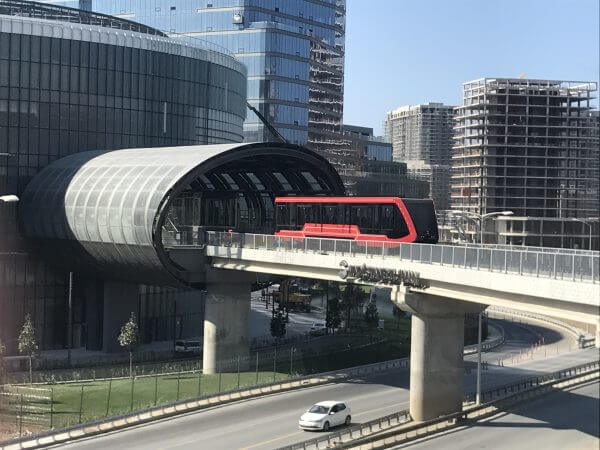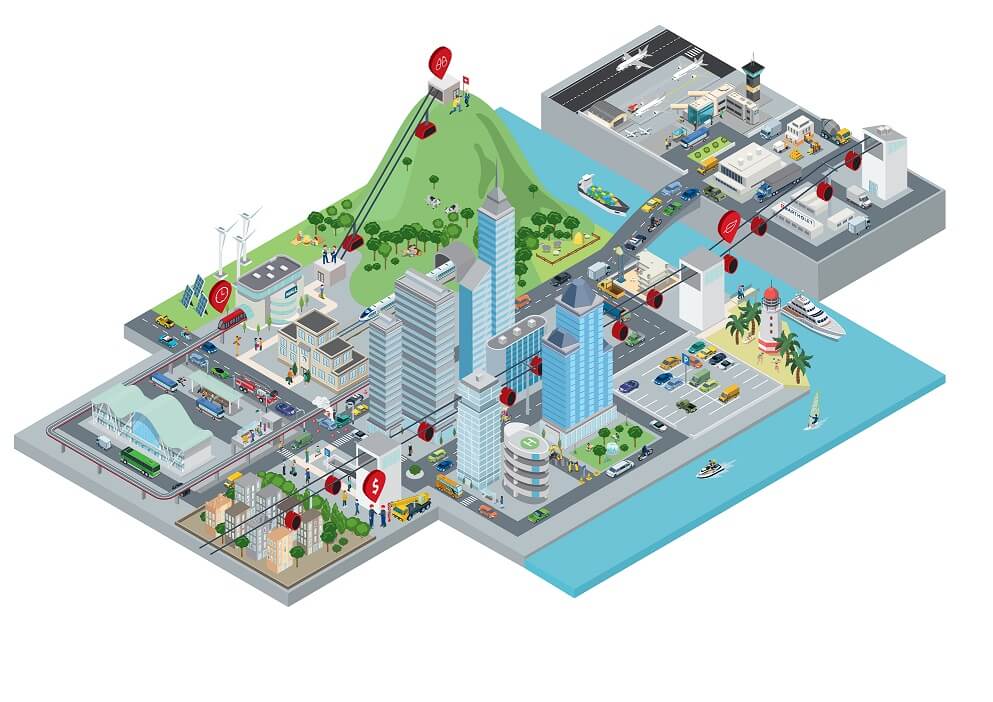
Cities, SI World 2/2019, SI-Urban
Universal and sophisticated: Urban cable cars by Bartholet as a versatitle transport solution
Cable cars, aerial tramways or funicular: there are major differences between these systems and yet they are all members of the cable car family. However it is not only visually that the systems differ significantly; their applications also vary greatly. A short overview is provided below:
Cable cars
When cable cars are mentioned, the mental image that arises is generally of a circulating track. These permanent conveyors move at a constant speed in a loop between the two stations, which serve as boarding and alighting points.
One example of an urban circulating track in the case of BARTHOLET would be in Moscow. This system connects the football stadium and Sparrow Hills. The circulating track shows clearly how topographically challenging terrain, such as rivers and mountains, can be overcome easily with a cable car.
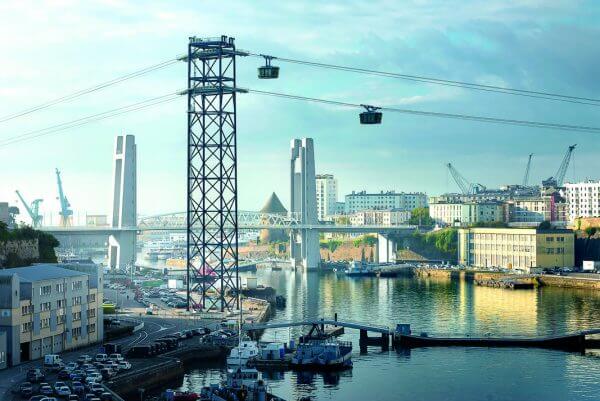
On the aerial tramway in Brest, the two vehicles cross over in the middle – a unique experience!
Photos: BARTHOLET
Arial tramways
In the category of aerial tramways, there is generally one high-capacity gondola in use for each direction. As the vehicles shuttle back and forth the stations on one or two supporting cables, boarding is possible only at a complete standstill. These systems stand out for their very large spans.
Furthermore, the systems have a very high level of wind safety, such that they withstand wind speeds up to 100 kilometres per hour. If you look at the innovative solution for the river crossing in Brest, you will also see that the systems are very space-saving.
With the technology developed especially by BARTHOLET, the cable car gondolas can cross over with one another, which makes it possible to offer a single gondola entrance at each cable car station.
Cable cars
- Gondola size Up to 10 passengers
- Travel speed Up to 6 m/s
(21 km/h) - Wind speed Up to 70 km/h
- Transport capacity Up to 7.200 p/h
Constant passenger transport
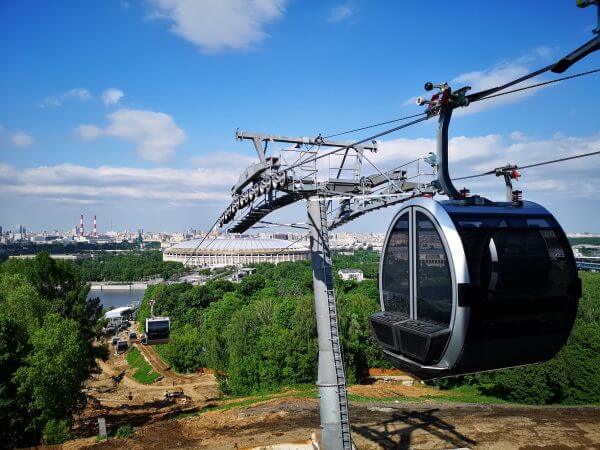
Funiculars
At a first glance, you might not recognise funiculars as part of the cable car family. The systems run on permanently fixed tracks and are pulled by a cable. In a similar way to a suburban railway or metro, they can run at ground level or underground.
This type of cable car is not wind-dependent and can transport up to 8,000 people per hour, because of its large gondolas and high travel speed. This transport capacity makes the systems ideal for connecting high-concentration locations.
The urban system in Vadistanbul connects a business and residential area with the existing underground network.
Aerial tramways
- Gondola size Up to 200 passengers
- Travel speed Up to 12 m/s
(42 km/h) - Wind speed Up to100 km/h
- Transport capacity Up to 4.000 p/h
Fixed departure times can be planned
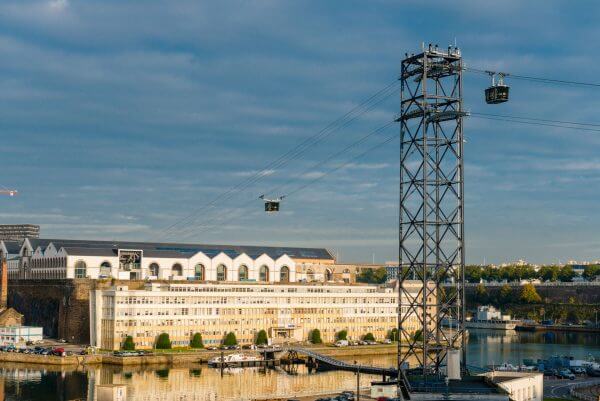
Advantages of an urban cable car
The individual types certainly differ with respect to factors such as wind stability and transport capacity but they also have some features in common.
Cable cars are relatively quick to implement and in comparison with metros, for example, economical to build.
These properties make the universal systems the perfect addition to urban transport. In numerous studies, the systems have proven to be one of the safest modes of transport and they are easy to connect into an existing transport network. Moreover, mountains, rivers and other obstacles that would otherwise cause difficulty for public transport can be crossed easily.
Urban cable cars are very energy-efficient and their noise emissions can also be significantly reduced thanks to the direct drive from BARTHOLET. Because of their use in the third dimension, there are no problems traffic jams or other transport users and the systems are also tourist highlights, owing to their “new”
perspective of the city. Urban cable cars are punctual, reliable and have high technical availability – key properties for the mobility of the future. tm
Funiculars
- Gondola size Up to 250 passengers
- Travel speed Up to12 m/s
(42 km/h) - Wind speed Independent
- Transport capacity Up to 8.000 p/h
Fixed departure times can be planned
